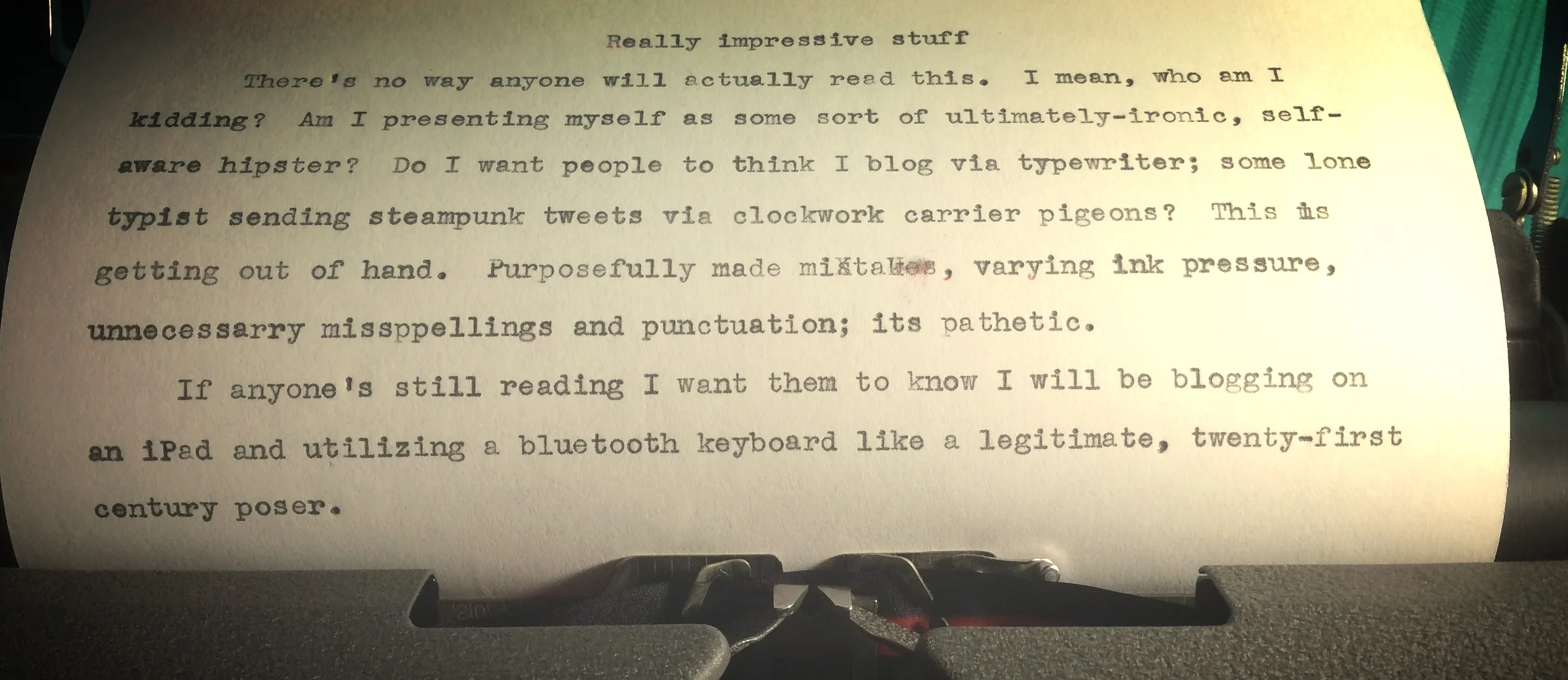Roto-diculous
/Mr. Dill is at it again. He recently sent me a video, shot with an iPhone, of himself "dancing" that was equal parts humorous and mesmerizing. As I've been trying to find ways to expand my skill set and involve my friends in this new "LoFi" venture I felt especially inspired to create an animation utilizing the video and my own slapdash abilities. The first step in this sloppy, synergistic project was separating individual frames from the original video clip. Thankfully Motion (my current animation affair) features an option to export a sequence of frames culled from any video contained within its workspace. Utilizing this feature I was able to produce nearly 360 unique image files to work with.
I then selected one out of every four frames to draw on top of in the video I had planned. I would trace whatever basic features necessary to convey motion, create a brief accompanying musical loop, and place the resulting images/audio over an appropriate background.
Shot using the slow-motion feature, this clip had been pretty thoroughly compressed before I got my hands on it. I had been thinking about rotoscoping, having recently watched American Pop, and was curious to see just how involved tracing individual frames truly was. Quick side note here, I am not a skilled artist in terms of drawn art. My geometric sketches are serviceable, but organic characters, be they human or animal, leave much to be desired. "Tracing" frames of filmed human movement might be the only way I could contribute to a hand-drawn, animated project with bipedal characters; so I deigned to bend Mr. Dill's brief clip to my exceptionally specific purposes.
To be honest this video was both easier and more difficult to produce than I had initially imagined. I was, relatively easily, able to produce hand-drawn images based on the individual frames of the original clip.
What surprised me was the high degree of interpretation required to produce these simple images.
Pulling individual frames from a compressed video shot on a phone produced some bizarre pixelation I had never before experienced. I did my best to draw reason from the jumbled images with my digital pen, but found my accuracy left severely wanting when working with these images' peculiar resolutions. It's for this reason that, though the final product is somewhat crude, I'm actually quite proud of the end result of my analog processing of these images of dubious quality.
A cursory glance at the above frames should illustrate just how bad I am at replicating organic forms (especially hands) with a pen, but nonetheless I am encouraged by the end result. Even though the individual cels I created will never compete with any professional, still art, the end result is at least interesting. There is a compelling quality unique to human movement that mo-cap and rotoscoping can harness to lend gravity to animations in projects as different as A Scanner Darkly and The Jungle Book.
I know this little demo video pales in comparison to those master works, but I wanted to get a feel for what creating frame-by-frame animation based on filmed content entailed, and I absolutely learned some valuable lessons working on this silly little video.











